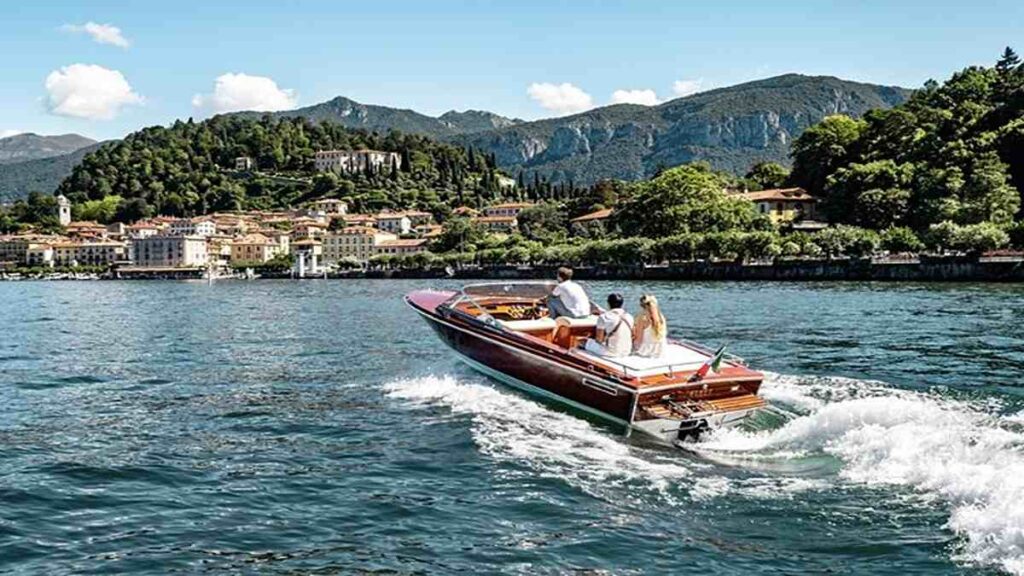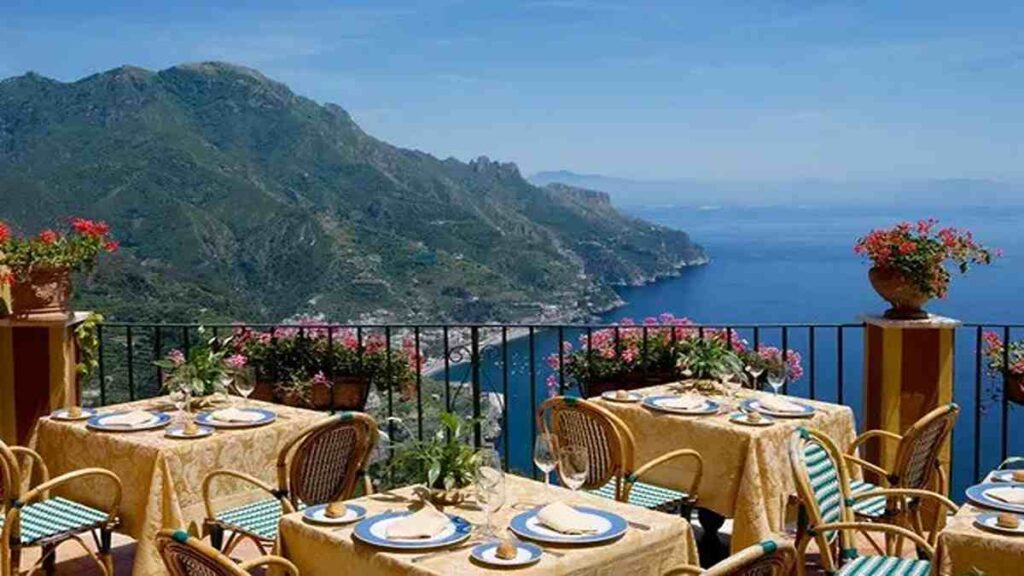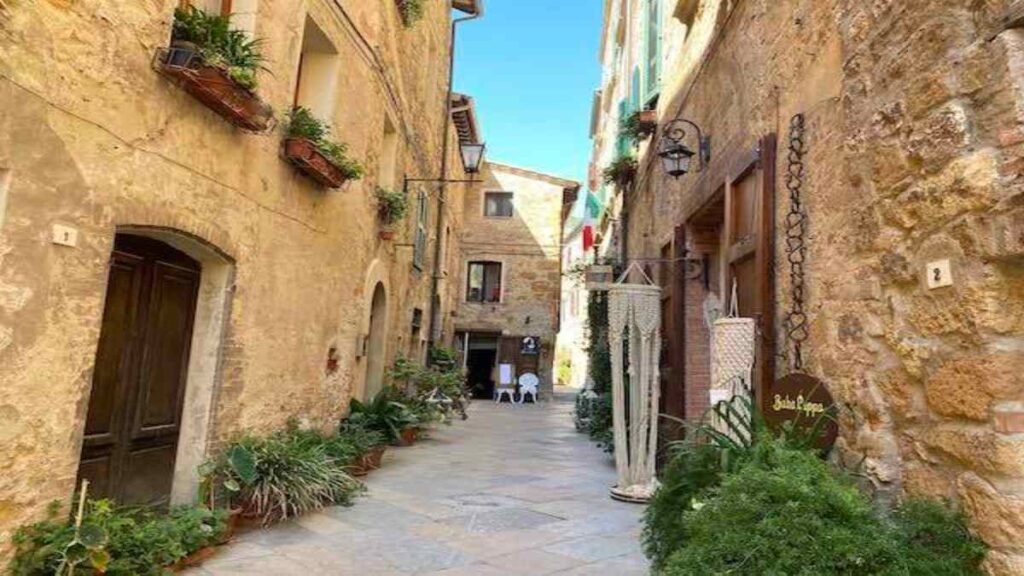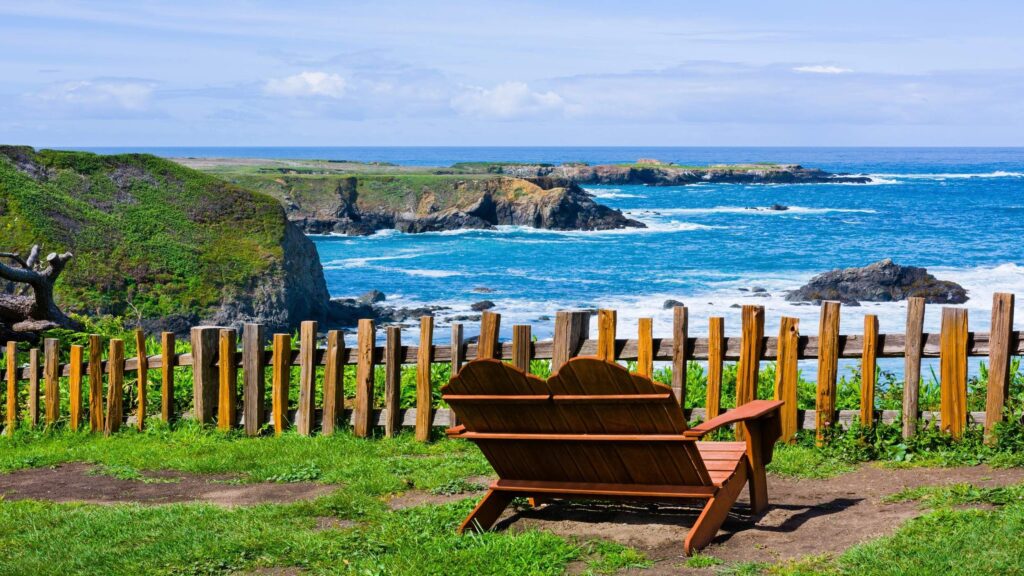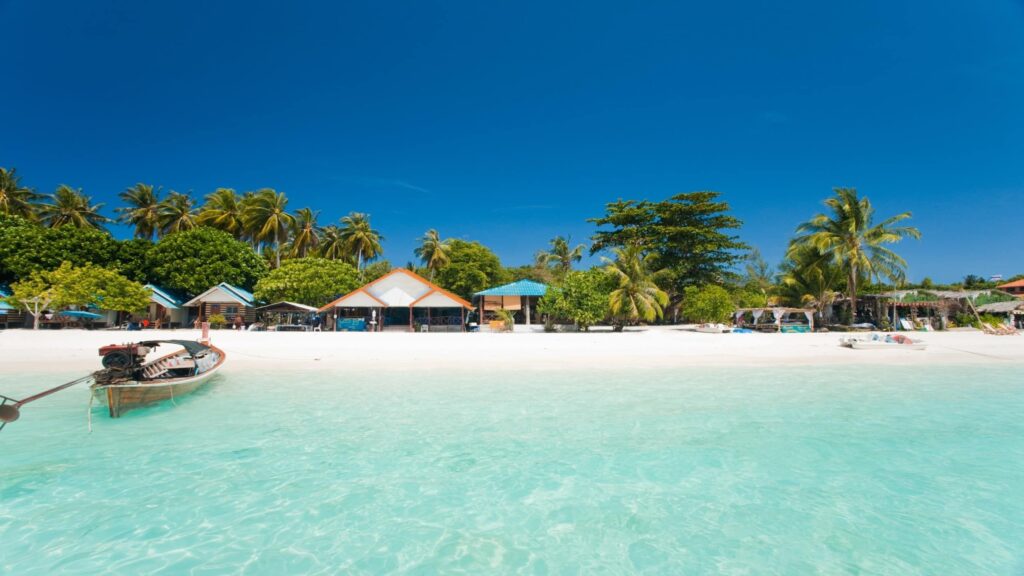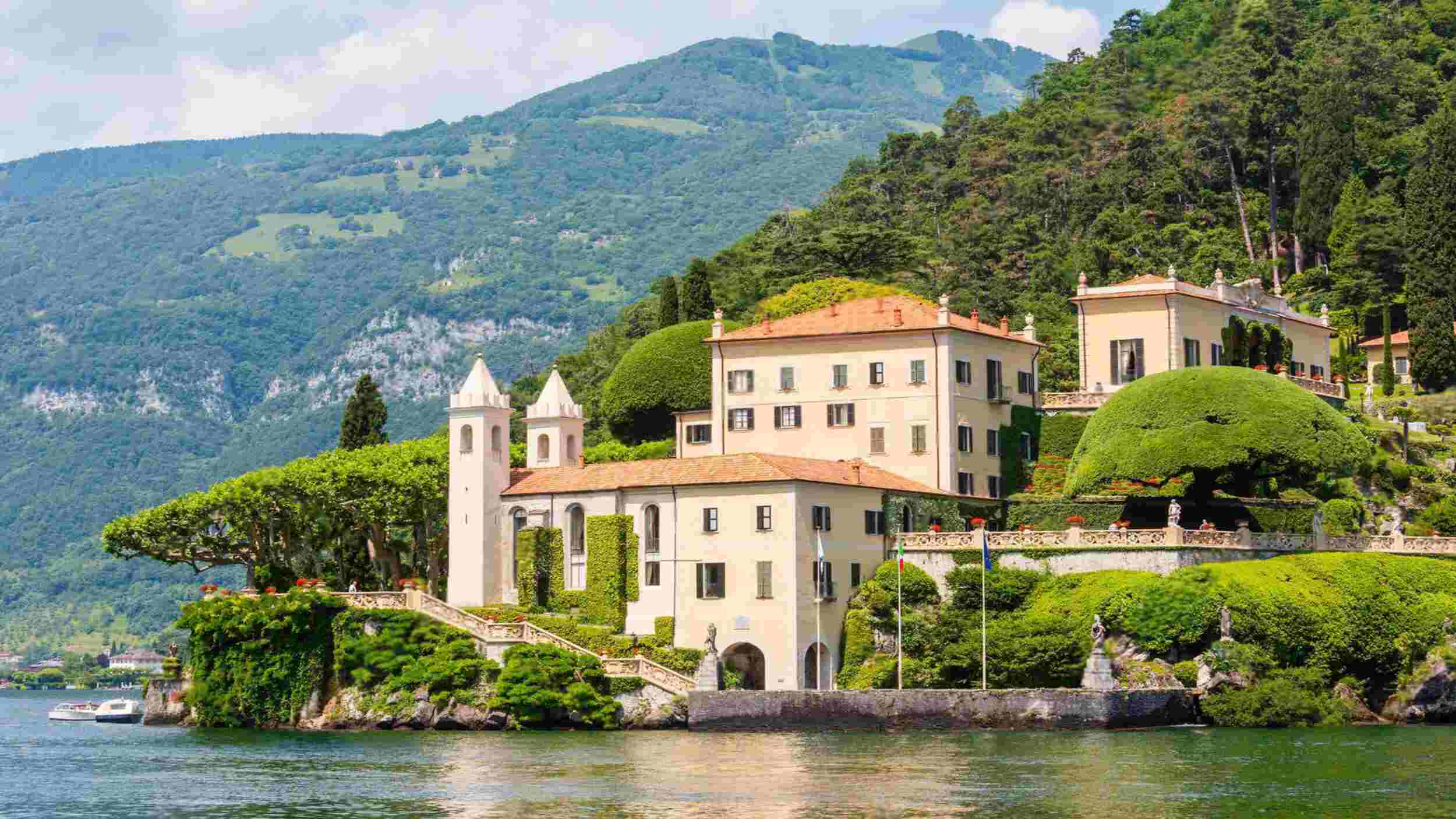
Guide to Getting From Milan to Lake Como:
You’re standing in Milano Centrale station at 2 PM on a Tuesday, staring at departure boards that might as well be written in hieroglyphics. Three different Lake Como destinations appear on the screens, none matching the town name from your hotel booking. The next train leaves in eight minutes, but you have no idea if it’s the right one. Welcome to the Lake Como transport nightmare that ruins thousands of Italian vacations every year.
Most travel guides treat Milan-to-Lake Como transport like it’s simple – just hop on a train and enjoy the ride. The reality is brutal. Lake Como isn’t one destination, it’s dozens of towns scattered around a Y-shaped lake, each requiring different transport strategies. Choose poorly, and you risk wasting valuable vacation time on costly taxi rides and missed connections.
After traveling this route dozens of times and helping friends navigate the confusion, I’ve identified the exact patterns that separate successful Lake Como visits from expensive disasters. This isn’t another generic transportation guide – it’s a strategic decision framework that eliminates guesswork by matching your specific situation to the optimal route.
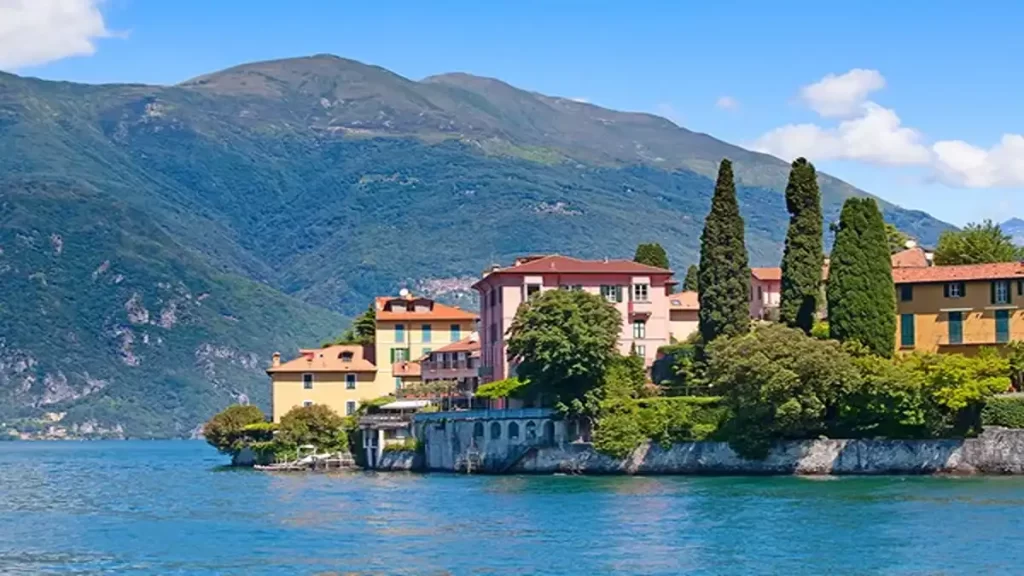
Why 90% of Milan to Lake Como Plans End in Expensive Mistakes
The disaster follows the same pattern every time. Travelers book flights into Milan, read advice about “taking the train to Lake Como,” arrive at the station, and discover they’re completely unprepared for the actual decisions they need to make. Como San Giovanni or Varenna-Esino? Regional train or ferry connection? Which platform serves which destination?
The core problem isn’t route complexity – it’s that every piece of generic advice assumes your situation matches everyone else’s. A family with luggage staying in Bellagio faces completely different challenges than a solo backpacker day-tripping to Como town. Your departure airport, group size, luggage situation, and destination town create a unique combination that demands strategic planning, not generic recommendations.
Here’s what the generic guides miss: your transport success depends on choosing your Lake Como base town strategically first, then working backward to find the optimal routing. Most travelers do the opposite – they pick a transport method, then wonder why they end up in the wrong place or spend twice as long getting there.
Understanding this hierarchy prevents the cascade of poor decisions that turn dream vacations into logistics nightmares. When you choose your destination strategically based on what you actually want to do at Lake Como, the optimal transport route becomes obvious instead of overwhelming.
The Strategic Questions That Determine Your Success
Before you book a single train ticket or ferry pass, three strategic questions will determine whether you have a smooth journey or an expensive disaster. Getting these wrong costs time, money, and vacation enjoyment that no amount of last-minute problem-solving can recover.
Question One: What Do You Actually Want to Do at Lake Como?
This isn’t about picking the prettiest town from Instagram photos. If you want comprehensive ferry access to explore multiple destinations, Como town provides the strategic advantage with train connectivity and ferry hub positioning. For travelers prioritizing iconic Lake Como photography and don’t mind ferry-only access, Bellagio becomes worth the routing complexity. When you need efficient train connections for day trips, Varenna offers direct rail access when services operate normally.
Most travelers skip this analysis and pick destinations based on marketing appeal, then discover their choice creates transport complications they never anticipated. Your activity priorities should drive destination selection, which then determines your optimal transport strategy.
Question Two: How Much Transport Complexity Can You Handle?
Solo travelers with light luggage can navigate train connections, ferry transfers, and crowded public transport without major stress. Families with children and luggage discover that seemingly simple connections become difficult when you’re managing multiple people and heavy bags through crowded stations.
Groups of four or more often find private transfers cost-competitive with public transport when you calculate real total costs including time, convenience, and backup options for missed connections. The key insight: your tolerance for transport complexity should match the approach you choose, not fight against it.
Question Three: What’s Your Real Budget for Transport Convenience?
Budget transport approaches work brilliantly when you have time flexibility and comfort with crowded conditions. Trying to force budget approaches when you need predictable timing or have luggage constraints creates stress that ruins vacation enjoyment. Premium approaches eliminate transport stress but only provide value when convenience justifies the cost difference for your specific situation.
The strategic insight: calculate total costs including hidden expenses, backup options, and time value rather than comparing basic ticket prices. Missing a connection and paying €50 for emergency taxi backup can destroy apparent savings from choosing the cheapest initial option.
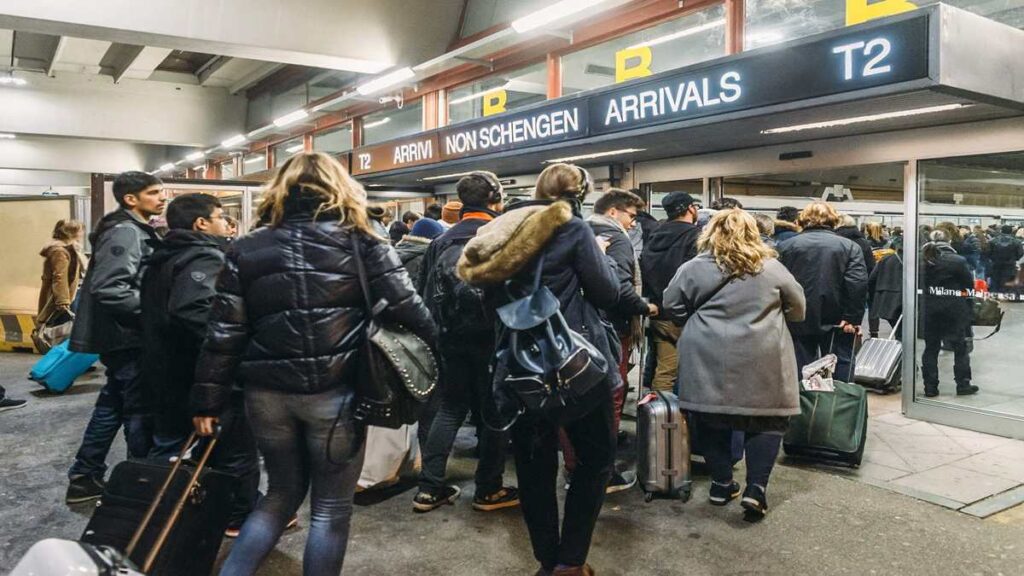
Milan Airport Strategy: Where Your Journey Success Begins
Your Milan airport choice affects every subsequent transport decision, yet most travelers book flights based solely on price without understanding the cascade of consequences. Each airport creates different strategic advantages and complications that multiply throughout your Lake Como journey.
Malpensa: The International Gateway Trap
Malpensa handles most international flights, making it the default choice for overseas travelers, but it sits farthest from Lake Como and creates the most complex connection challenges. The airport’s size and distance turn simple-seeming train connections into multi-stage logistics puzzles that catch inexperienced travelers unprepared.
The most reliable route is taking the Malpensa Express to Milano Centrale, then switching to regional trains toward your Lake Como destination.This journey requires 2.5 to 3 hours total, costs €17.80, and works well when everything goes according to plan. The problems emerge when flights arrive late, trains face delays, or you misjudge connection timing between different transport systems.
Private transfers simplify travel, costing €80–120 and taking around 90 minutes in normal traffic. For groups of three or more, this often costs less per person than public transport when you calculate total time and convenience value. Transfer companies monitor flight schedules and adjust pickup timing automatically, eliminating the stress of missed connections during travel delays.
The strategic decision point: Malpensa works for budget-conscious travelers with time flexibility, but creates expensive problems when you need predictable timing or have complex luggage situations. Calculate real total costs including backup options, not just basic transport fees.
Linate: The Efficiency Champion
Linate offers the fastest route to Lake Como despite handling fewer international flights. The airport’s proximity to Milan and compact terminal design create optimal conditions for stress-free connections that work even when timing gets tight.
Bus connections to Milano Centrale take 30 minutes for €5, making total journey times to Lake Como rarely exceed 2 hours. The smaller airport eliminates the navigation complexity of Malpensa while providing reliable connection timing that enables confident scheduling of Lake Como activities.
Private transfers from Linate cost €60-80 to most destinations, providing excellent value for small groups while eliminating any connection complexity. The shorter distance reduces traffic risk factors, making arrival timing predictable even during busy travel periods.
Strategic insight: Linate becomes the optimal choice when flight availability matches your schedule, particularly for travelers prioritizing efficiency and predictable timing over rock-bottom costs.
Bergamo: The Geographic Surprise
Despite marketing itself as “Milan Bergamo,” this airport actually sits closer to eastern Lake Como destinations, creating strategic advantages that most guides completely miss. Understanding this geographic reality enables faster routing to specific lake areas that traditional Milan-based advice ignores.
Connections to Lecco take 2 hours for €12 using bus and train combinations, often proving faster for reaching Varenna and Bellano than routing through central Milan. This approach works brilliantly for travelers targeting eastern shore destinations but creates complications for reaching popular central lake towns.
The limitation involves onward connections to places like Bellagio, which require additional ferry travel that seasonal disruptions can make unreliable. Success with Bergamo requires accepting eastern shore positioning rather than expecting easy access to all lake areas.
Private transfers from Bergamo charge €70-90 to most destinations, providing reasonable value when compared to the time savings and complexity elimination over public transport alternatives.
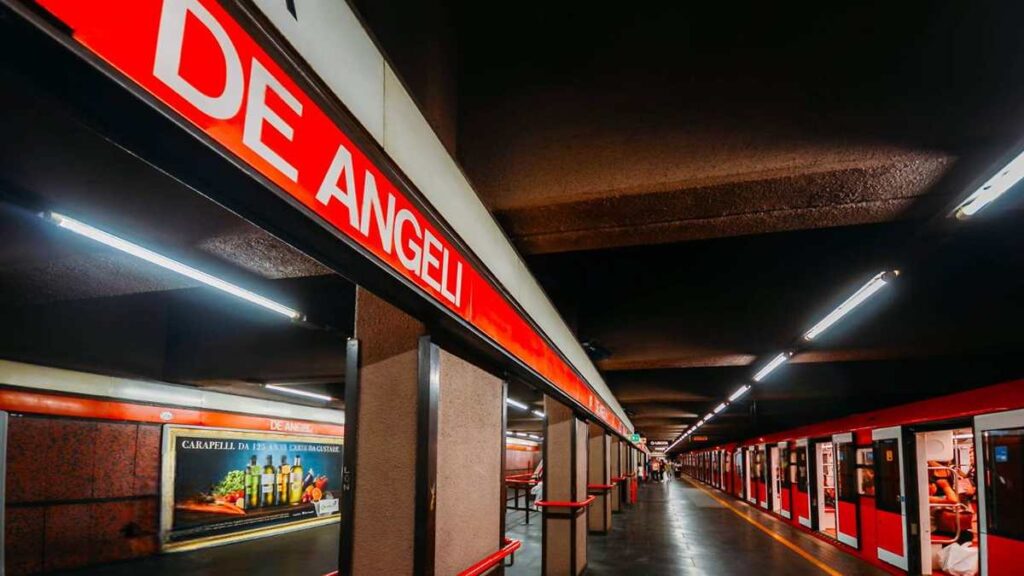
Mastering Train Connections: Milan to Lake Como by Rail
Rail connections provide the backbone of budget-friendly Lake Como access, but success requires understanding which lines serve which destinations and how seasonal variations affect reliability. Getting this wrong wastes time and creates expensive corrections that compound throughout your visit.
Two primary rail lines serve different Lake Como areas with distinct advantages. The Como line operates every 30 minutes from Milano Centrale to Como San Giovanni, taking 40-45 minutes for €4.80. This route provides excellent connectivity to western shores and comprehensive ferry networks, making it optimal for travelers planning to explore multiple lake areas.
The Lecco line serves eastern destinations including Varenna through hourly service during peak periods. Weekend frequencies decrease significantly, while seasonal disruptions occasionally affect summer service when infrastructure work requires temporary suspensions. Understanding these patterns prevents planning around services that might not operate during your travel dates.
The strategic insight that transforms train travel from confusing to simple: choose your route based on destination positioning rather than trying to memorize complex timetables. Como serves western shores and comprehensive ferry access. Lecco provides eastern shore connections with mountain scenery. Varenna offers central lake positioning when direct rail service operates.
Ticket Options and Train Classes
Ticket purchasing works identically across all options in terms of pricing, but convenience levels vary significantly. Online booking guarantees seats during busy periods while enabling advance planning. Station machines accept cards and cash for immediate purchases. Counter sales offer personal help but often involve waiting in lines during busy times.
First-class upgrades cost €3-4 extra but provide minimal benefits on these short regional routes. Second-class travel offers adequate comfort while maximizing cost efficiency, making upgrades poor value for strategic travelers focused on reaching destinations efficiently.
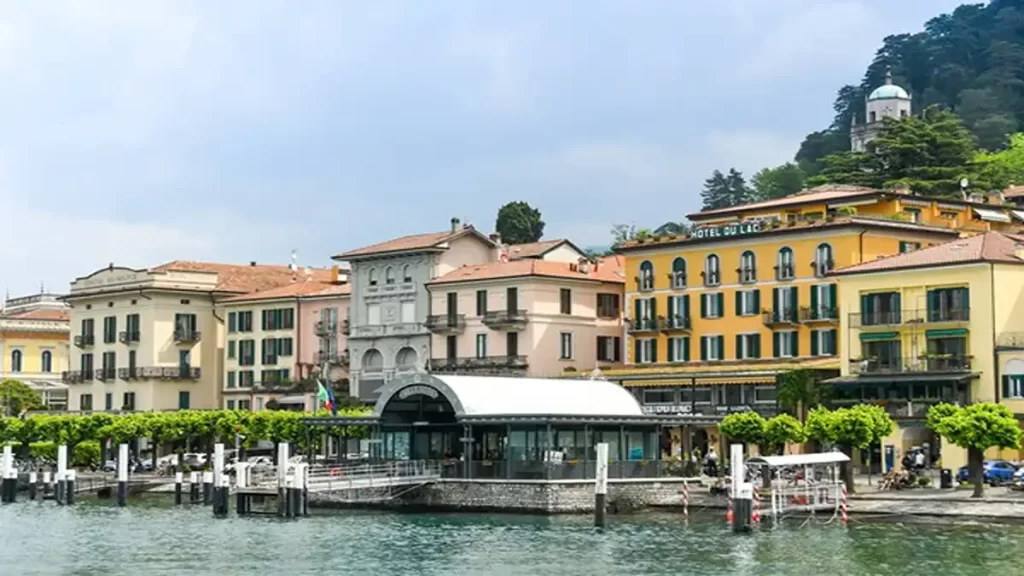
Ferry Network Mastery: Your Lake Como Mobility Solution
Ferry services transform Lake Como from a collection of isolated towns into an integrated destination where spontaneous exploration becomes possible. Understanding the network’s logic enables strategic planning that maximizes scenic experiences while minimizing transportation confusion and costs.
Three service types operate year-round, each serving different strategic purposes. Regular ferries provide leisurely scenic travel between destinations, featuring outdoor observation decks and multiple intermediate stops. The Como to Bellagio journey takes 2 hours for €10.40, combining practical transportation with spectacular lake photography opportunities.
Hydrofoil services prioritize speed over scenery, reducing the same journey to 45 minutes for €12.60. Passengers sit in enclosed cabins with limited deck access, making these services practical rather than scenic. Hydrofoils operate restricted schedules focused on major destination pairs during peak demand periods.
Car ferries serve specialized functions, transporting vehicles between shores while providing the fastest passenger connections during busy periods. The Bellagio-Varenna crossing costs €4.60 plus €1.80 per passenger, offering practical solutions when regular services face capacity constraints.
Ferry pass economics become essential for multi-destination visits. The Centro Lago pass costs €15 and covers the mid-lake triangle, including Bellagio, Varenna, and Menaggio. This provides value when visiting three or more destinations daily while eliminating constant ticket calculations.
Seasonal schedules create dramatic service variations throughout the year. Summer operation from April through October offers frequent service every 30-60 minutes between major towns. Winter schedules reduce dramatically, with some routes operating weekends only or suspending completely during harsh weather periods.

Strategic Cost Analysis: Budget Your Transport Investment
Transportation costs vary dramatically based on chosen methods and destinations, making realistic budgeting essential for avoiding financial surprises that derail carefully planned experiences. Understanding both direct costs and hidden expenses enables strategic decisions that balance convenience, quality, and financial constraints.
Budget approaches using regional trains and regular ferries typically cost €15-20 daily for comprehensive lake access. This requires time flexibility and comfort with crowded public transport during peak periods while providing authentic Italian travel experiences and maximum cost efficiency.
Mid-range budgets of €40-60 daily enable hydrofoil services, taxi supplements for luggage handling, and premium routing choices that prioritize convenience over pure cost savings. This spending level eliminates most transportation stress while maintaining reasonable overall trip costs.
Premium transport exceeding €100 daily enables private transfers, immediate taxi solutions, and maximum convenience with minimal planning complexity. This option suits travellers who value experience quality and time savings more than budget concerns.
Hidden expenses regularly catch unprepared visitors, particularly parking fees in popular destinations and premium taxi rates for short distances. Bellagio and Varenna charge €2-3 hourly with daily maximums around €20. Taxi services maintain premium rates with minimum fees often exceeding €20 for short local trips.
Group dynamics substantially change cost calculations. Private transfers become economical for parties of four or more when comparing total costs rather than per-person pricing. Ferry day passes provide family value when children receive discounted rates on most regional services.

Seasonal Strategy: Timing Your Lake Como Success
Seasonal timing affects every aspect of transportation from service availability to crowd management to weather contingencies. Understanding these patterns enables strategic planning that maximizes efficiency while minimizing seasonal disadvantages that can ruin carefully planned itineraries.
Peak season from June through August transforms transport dynamics through increased demand and overcrowding. Early morning departures provide optimal ferry experiences with minimal crowds and punctual schedules.Afternoon tourist crowds can overwhelm top spots, so smart timing is key for a more comfortable and efficient visit.
Crowd management becomes critical during summer months, especially at terminals like Bellagio and Varenna where queues extend 30-45 minutes during busy periods. Ferry capacity limits may cause departure delays when demand exceeds availability. Purchasing day passes eliminates queue time while ensuring boarding space during peak periods.
Alternative transport provides valuable backup when ferries reach capacity or face weather delays. Bus route C10 along the western shore often moves faster than ferries during congested periods, despite offering less scenic views. Understanding these alternatives prevents expensive taxi dependencies when primary transport faces disruptions.
Shoulder seasons during April-May and September-October provide optimal balance between service availability and manageable crowds. Transport schedules maintain adequate frequency for multi-destination visits while avoiding peak season congestion that ruins itineraries. Unpredictable weather makes flexible planning crucial for a smooth and enjoyable trip.
Winter conditions bring dramatically reduced schedules, with many tourist-focused services operating limited hours or closing entirely from November through March. Ferry routes maintain skeleton service only, requiring confirmation before depending on winter connections for essential travel.
Weather disruptions affect ferry operations during spring and autumn when strong winds exceed safety limits. All passenger ferries suspend service during severe conditions, leaving buses and trains as sole connections. Flexible travel plans accommodate these weather cancellations that typically occur without advance notice.
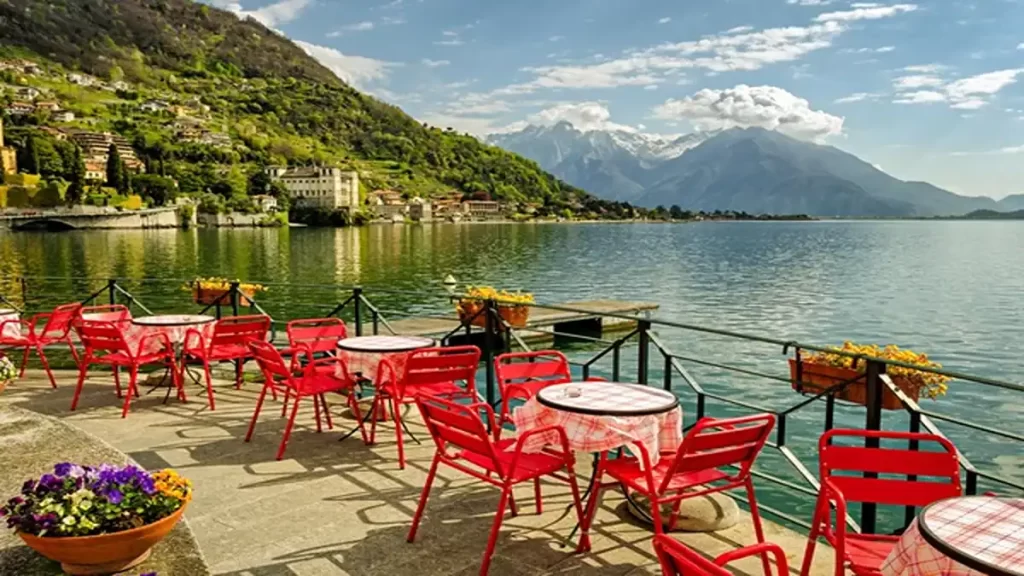
Your Strategic Action Plan: From Planning to Lake Como Success
Transform this comprehensive analysis into personal action steps through a strategic framework that matches your priorities, constraints, and travel style rather than following generic advice that ignores individual circumstances.
Start by defining your Lake Como priorities based on actual activities rather than destination marketing. Como provides excellent transport connectivity and comprehensive ferry access to all lake areas. Varenna offers direct rail connections when operating and central positioning for boat travel. Bellagio requires ferry access but delivers iconic experiences that justify routing complexity.
Choose your Milan airport based on total journey costs and time requirements rather than flight prices alone. Malpensa works for budget-conscious travelers comfortable with extended connections or groups justifying private transfer costs. Linate appeals to travelers who value speed and straightforward connections. Bergamo suits travelers targeting eastern destinations or accepting longer journey times for cost savings.
Plan realistic transport budgets including hidden costs and seasonal variations rather than focusing solely on basic transportation fees. Budget approaches require time flexibility and comfort with crowded conditions. Mid-range spending eliminates most stress while maintaining cost consciousness. Premium budgets maximize convenience for travelers prioritizing experience quality over cost optimization.
Build seasonal awareness into planning by understanding service variations and crowd patterns that affect efficiency throughout the year. Summer travel demands early scheduling and crowd management strategies. Shoulder seasons provide optimal balance between service availability and manageable crowds. Winter requires service confirmation and weather contingency planning.
Implementation Timeline:
Three months before departure, research and book flights considering airport proximity to intended destinations while comparing total journey costs including transport from each airport to your chosen base town.
One month before departure, confirm current transport schedules and purchase ferry passes if planning multiple destinations. Check for seasonal service disruptions that might affect planned routes during your visit dates.
One week before departure, check weather forecasts and prepare backup transport plans for critical connections. Download offline maps and transport apps to navigate without internet connectivity during travel.
Your Lake Como transport success depends on strategic alignment between destination choice, budget allocation, and seasonal timing rather than perfect execution of complex logistics. Plan thoughtfully based on your specific situation, remain flexible during execution, and focus on transport decisions that enhance your overall experience rather than merely providing functional mobility.

